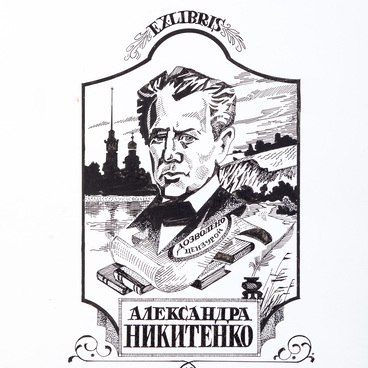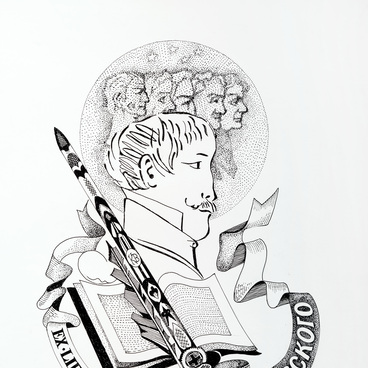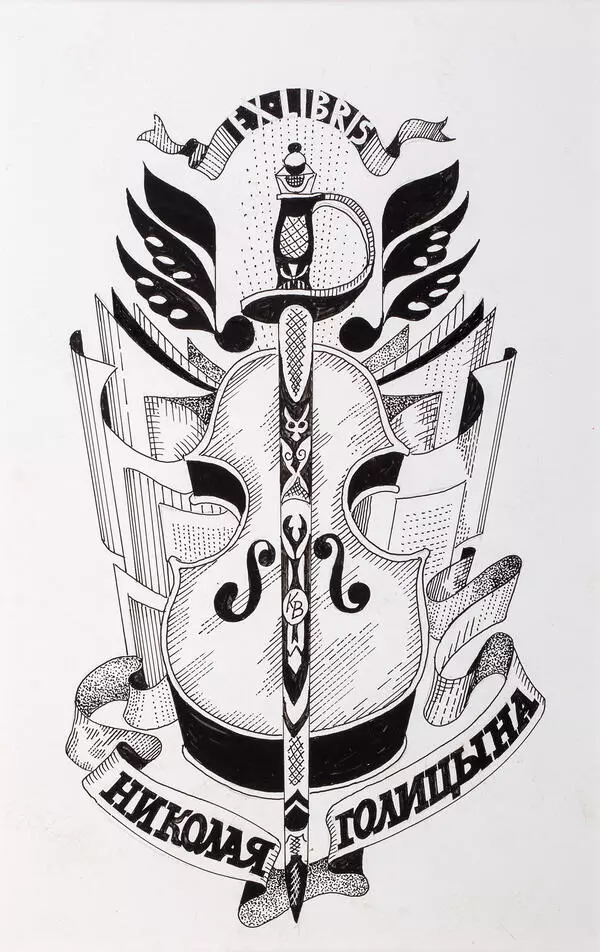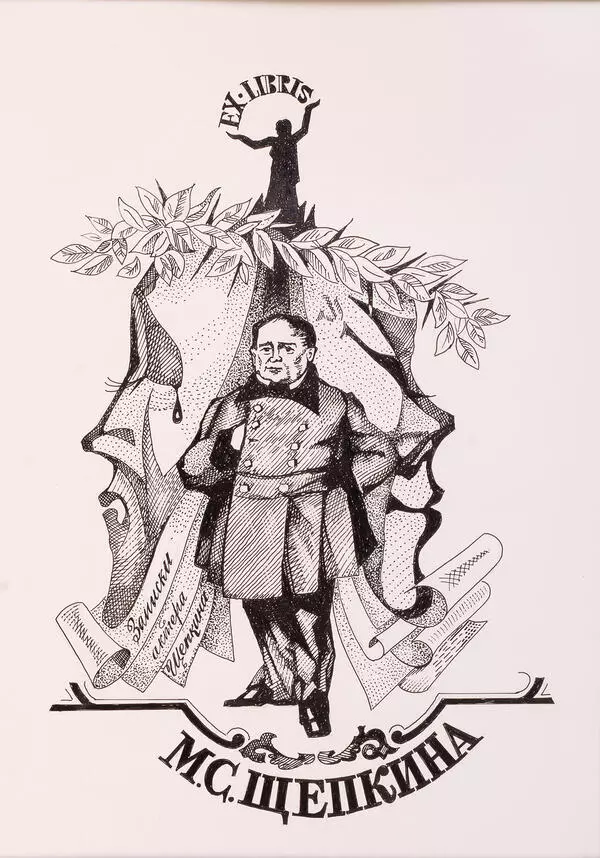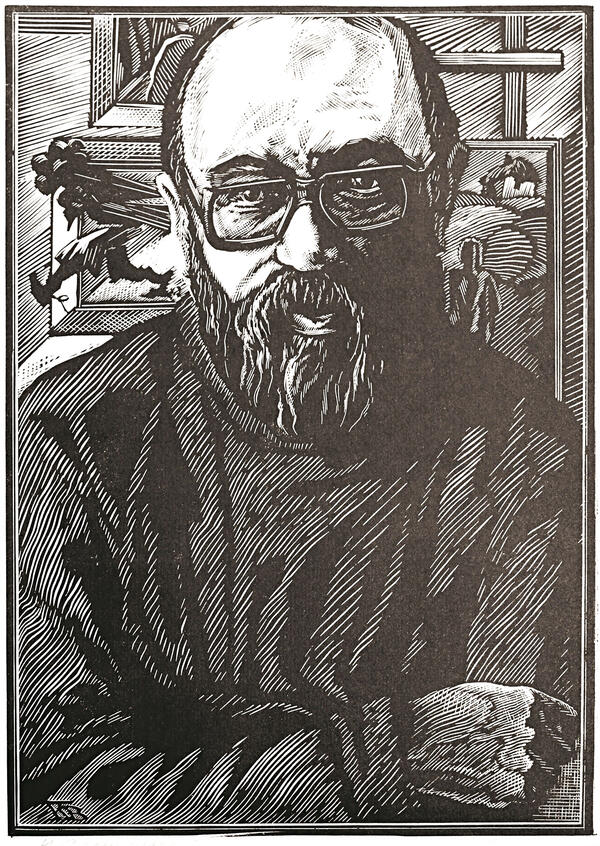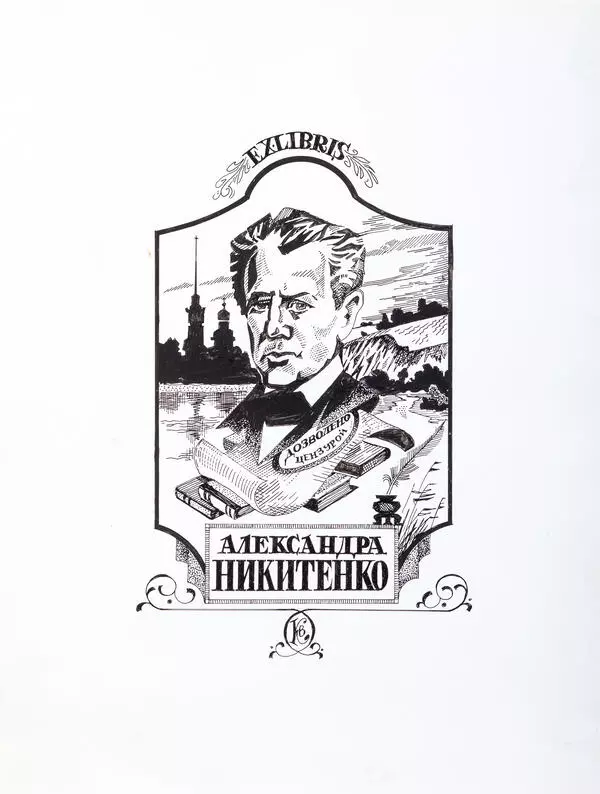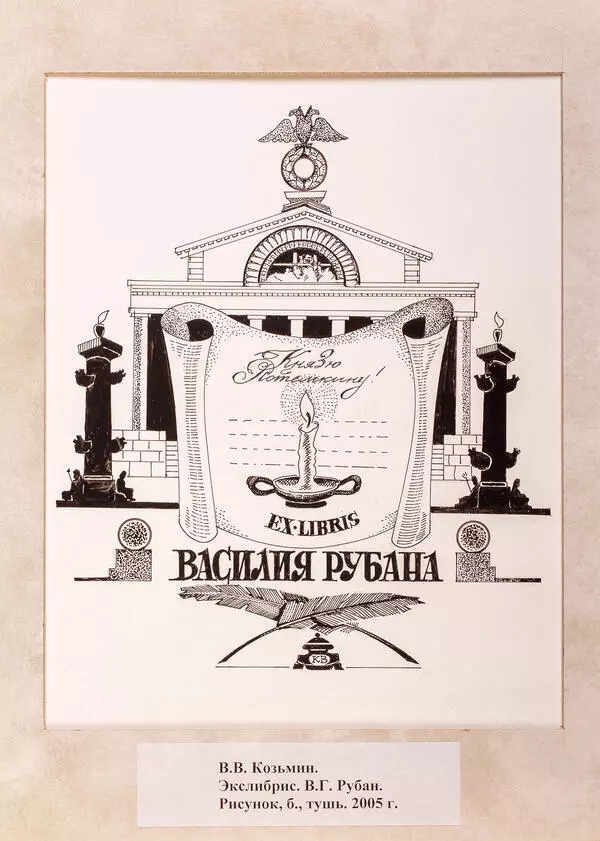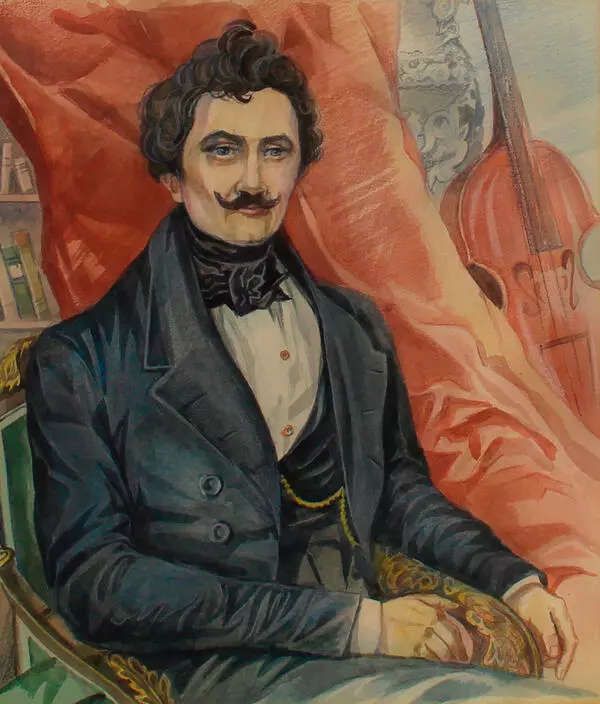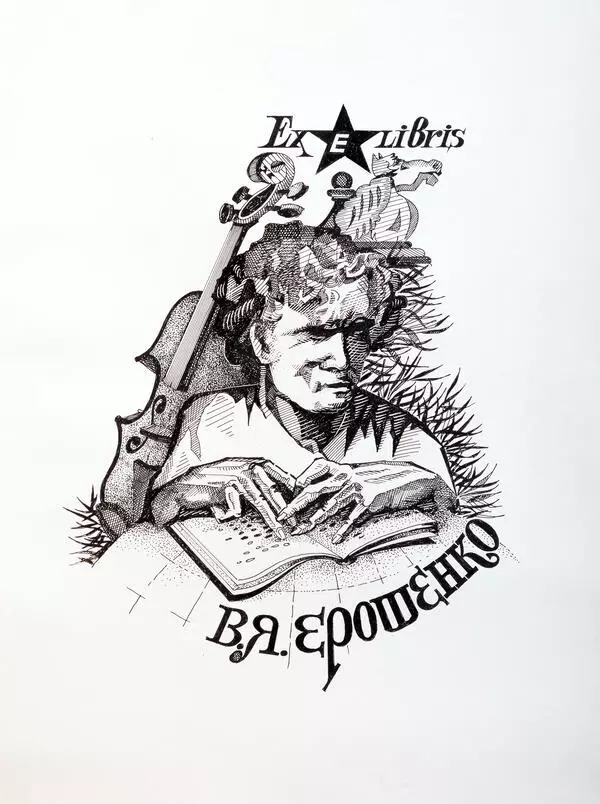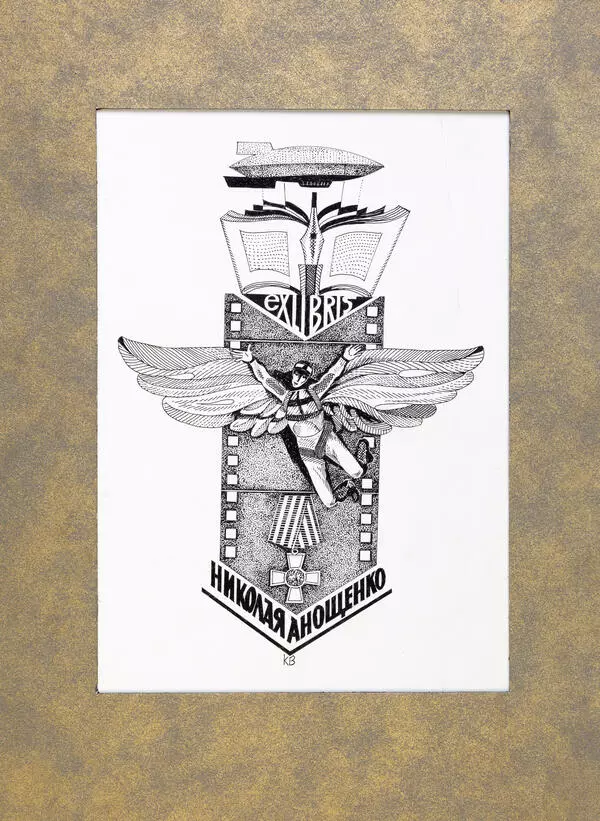Nikolay Nikolayevich Strakhov was born into a family of a priest in Belgorod in 1828. From the age of 9, after his father’s death, he was brought up in the house of his uncle, the rector of the Kostroma Seminary, Bishop Nathanael. His new family and studies at the seminary formed the future philosopher’s religious mindset and conservative views.
Strakhov was acquainted with many outstanding people of his time: various writers and poets including Fyodor Mikhailovich Dostoyevsky, Afanasy Afanasyevich Fet, Lev Nikolayevich Tolstoy, and Apollon Aleksandrovich Grigoryev, the publicist and sociologist Nikolay Yakovlevich Danilevsky, the thinker Vladimir Sergeyevich Solovyov and others. This communication helped him to focus on the main events of that time.
Nikolay Strakhov’s works on literary criticism and philosophy are the most well-known.
A supporter of the Pochvennichestvo ideology (a late 19th-century movement in Russia that supported the complete emancipation of serfdom, wished to return to the idealized past of Russian history, and opposed Europeanization — ed.), he actively collaborated with the “Vremya” and “Epoch” magazines of the brothers Fyodor and Mikhail Dostoevsky in the 1860s, voiced his support for a monarchical system and Russian identity, and criticized nihilism, liberalism, and Westernization. In the early 1870s, he began publishing his own magazine called “Zarya”; he also wrote articles for “Russkiy Vestnik”, “Rus”, “Voprosy philosofii i psykhologii” (Matters of Philosophy and Psychology), “Zhurnal Ministerstva Narodnogo Prosveshcheniya” (Journal of the Ministry of National Education) and other periodicals, worked in the Imperial Public Library, was a teacher and a member of the National Education Academic Committee.
In 1883, Strakhov’s work in three volumes called “The Struggle Against the West in Russian Literature” was published. Condemning the idolization of Westernization, the author drew the readers’ attention to everything new and unique that originated from Russian folk culture.
After establishing a close friendship with Leo Tolstoy, Nikolay Strakhov became a zealous supporter of his religious and mystical ideas. It took him a lot of effort to protect the works of Tolstoy, Apollon Grigoryev, and Nikolay Danilevsky.
Apart from his own writings, Nikolay Strakhov was also famous as a translator of the works of the philosophers Kuno Fischer and Friedrich Lange, the naturalist Alfred Brehm and others. Strakhov’s interest in science did not deter him from entering into a fierce public debate with the biology professor Kliment Arkadyevich Timiryazev, refuting Darwin’s theory. According to the memoirs of Professor Vladimir Fyodorovich Lazursky, Strakhov’s last words were “Well, I have rested, now it is time to work.”
This bookplate was created by Vladimir Vladimirovich Kozmin especially for the exhibition of the Belgorod Literature Museum and the anthology “Literary Monuments of the Belgorod Region”.
Strakhov was acquainted with many outstanding people of his time: various writers and poets including Fyodor Mikhailovich Dostoyevsky, Afanasy Afanasyevich Fet, Lev Nikolayevich Tolstoy, and Apollon Aleksandrovich Grigoryev, the publicist and sociologist Nikolay Yakovlevich Danilevsky, the thinker Vladimir Sergeyevich Solovyov and others. This communication helped him to focus on the main events of that time.
Nikolay Strakhov’s works on literary criticism and philosophy are the most well-known.
A supporter of the Pochvennichestvo ideology (a late 19th-century movement in Russia that supported the complete emancipation of serfdom, wished to return to the idealized past of Russian history, and opposed Europeanization — ed.), he actively collaborated with the “Vremya” and “Epoch” magazines of the brothers Fyodor and Mikhail Dostoevsky in the 1860s, voiced his support for a monarchical system and Russian identity, and criticized nihilism, liberalism, and Westernization. In the early 1870s, he began publishing his own magazine called “Zarya”; he also wrote articles for “Russkiy Vestnik”, “Rus”, “Voprosy philosofii i psykhologii” (Matters of Philosophy and Psychology), “Zhurnal Ministerstva Narodnogo Prosveshcheniya” (Journal of the Ministry of National Education) and other periodicals, worked in the Imperial Public Library, was a teacher and a member of the National Education Academic Committee.
In 1883, Strakhov’s work in three volumes called “The Struggle Against the West in Russian Literature” was published. Condemning the idolization of Westernization, the author drew the readers’ attention to everything new and unique that originated from Russian folk culture.
After establishing a close friendship with Leo Tolstoy, Nikolay Strakhov became a zealous supporter of his religious and mystical ideas. It took him a lot of effort to protect the works of Tolstoy, Apollon Grigoryev, and Nikolay Danilevsky.
Apart from his own writings, Nikolay Strakhov was also famous as a translator of the works of the philosophers Kuno Fischer and Friedrich Lange, the naturalist Alfred Brehm and others. Strakhov’s interest in science did not deter him from entering into a fierce public debate with the biology professor Kliment Arkadyevich Timiryazev, refuting Darwin’s theory. According to the memoirs of Professor Vladimir Fyodorovich Lazursky, Strakhov’s last words were “Well, I have rested, now it is time to work.”
This bookplate was created by Vladimir Vladimirovich Kozmin especially for the exhibition of the Belgorod Literature Museum and the anthology “Literary Monuments of the Belgorod Region”.


